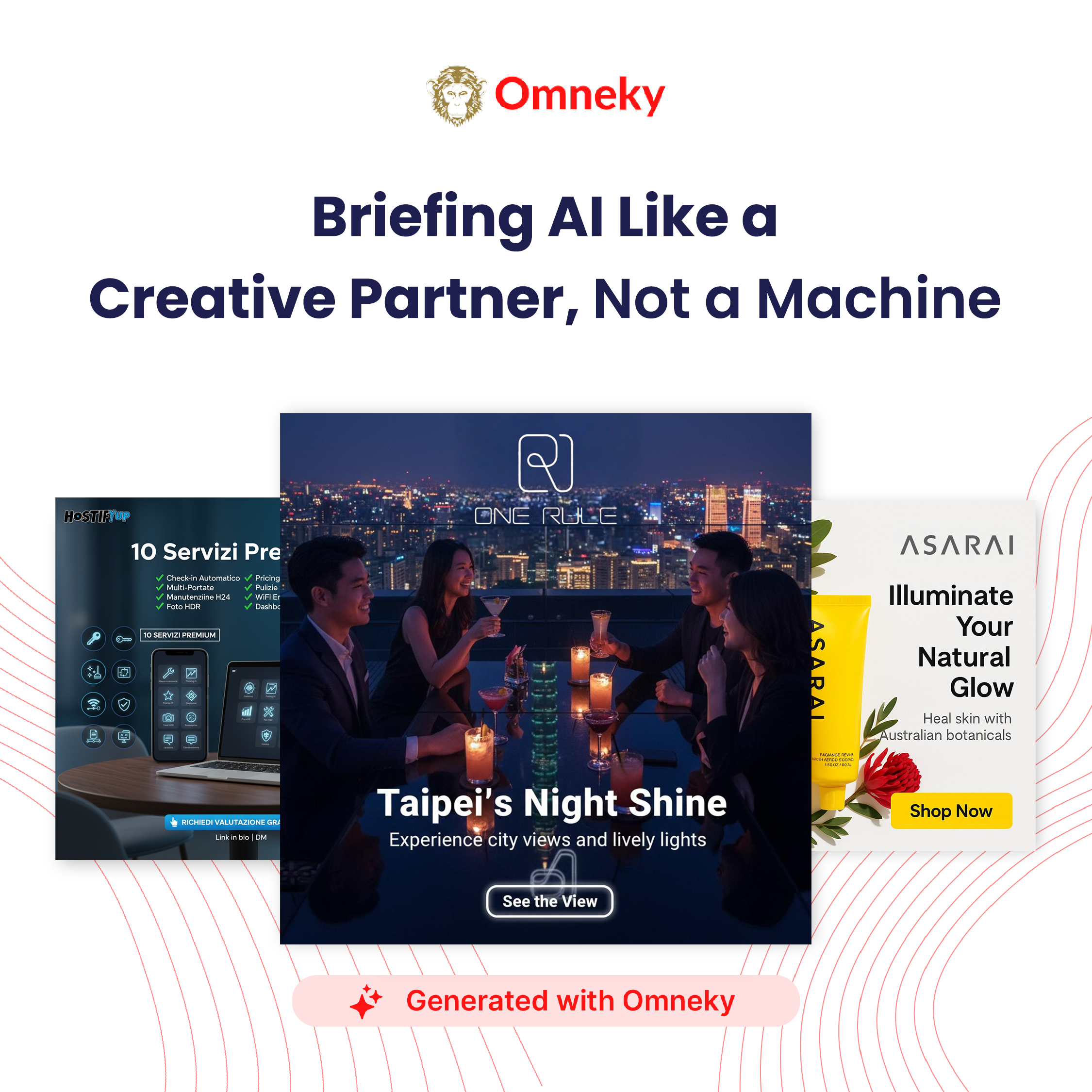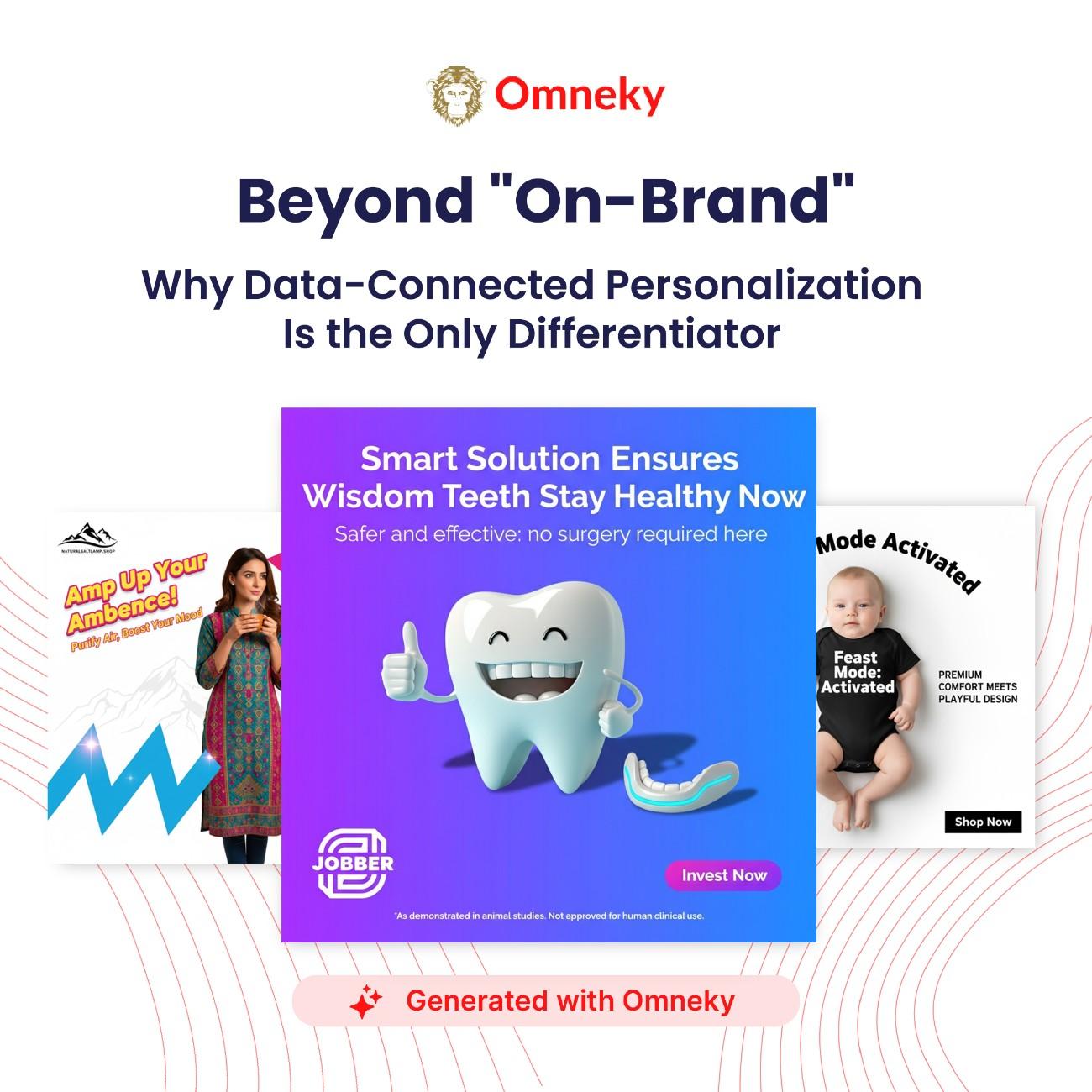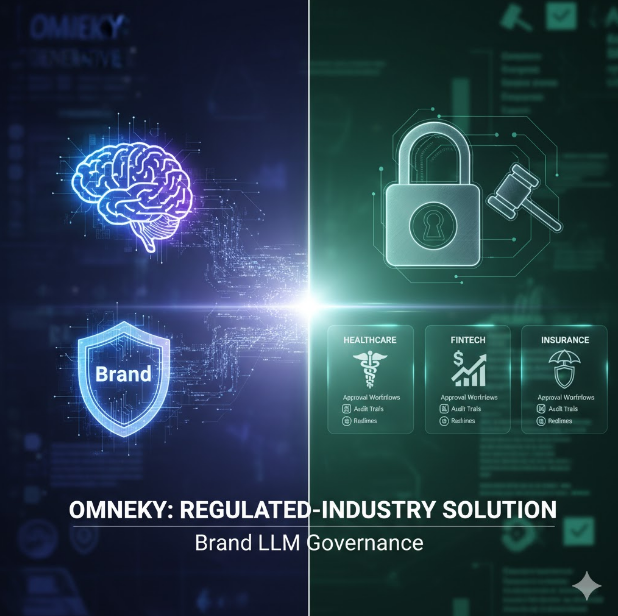The Creative Brief Reloaded: How Automation Supercharges Idea Generation
Creative briefs shape the foundation of successful marketing campaigns, but what happens when automation steps in? Discover how AI-driven tools can enhance idea generation, streamline the creative process, and still leave room for human ingenuity. Learn how blending technology with creativity is transforming the future of marketing briefs.

Creative briefs are the foundation for every successful marketing campaign. The creative brief serves as the essential foundation, shaping the trajectory of a triumphant ad campaign, where ingenious ideas take flight and strategic brilliance meets unparalleled execution. To craft a compelling creative brief, you need an in-depth understanding of your brand, its messaging, and the desired outcomes.
As businesses embrace automation to streamline various aspects of marketing, they should also use automated tools to generate creative briefs. Let’s explore how automation supercharges idea generation and shapes the future of creative briefs.

What Is a Creative Brief?
A creative brief is a powerful document that serves as a strategic outline for any creative project. Whether you’re crafting a few blog posts or mapping out an extensive marketing campaign, a creative brief acts as your guiding compass. Concise in nature, it typically spans just one or two pages. Specifically, it provides clarity and alignment for teams working collaboratively on the project.
This invaluable tool serves multiple purposes, both internally and externally. Internally, the creative brief acts as a bridge to connect team members, fostering a comprehensive understanding of the project’s objectives and vision. Externally, it’s a means of communicating ideas and strategies to stakeholders and clients.
The benefits of using a creative brief are abundant. First, it streamlines the process, saving valuable time and resources by minimizing miscommunications and avoiding potential roadblocks. It also establishes a clear scope from the outset, allowing for better delegation of tasks and greater accountability among team members. This early clarification contributes to the overall quality of the final product, ensuring that it aligns precisely with the project’s goals.
Components of a Creative Brief
Knowing what to include in a creative brief is essential for unlocking the true potential of your creative endeavors. It should diligently cover all the relevant components, such as project objectives, target audience, timelines, and messaging. This way, you can guarantee that your creative brief becomes a guiding beacon, leading you toward a highly effective result.
Project Overview
First, include a project overview in your creative brief. This is a synopsis of the project, its goals, and how it will add value to your company or campaign. Think of the overview as all the necessary background information and resources you need to start the project.
The project overview should include:
- Products or Services: Define what offerings you’re focusing on in this campaign or project. Include the details, specs, and descriptions in your brief.
- Goals or Deliverables (or Campaign Purposes): Including your goals for the project or campaign will help you identify your specific business needs. They outline what the work will accomplish and ensure that your purpose is clear, measurable, and specific.
- Brand Guidelines: Brand guidelines give some parameters for the look, feel, and tone of the project. Including these in the creative brief will ensure that the project stays consistent with the rest of your marketing efforts.
- Timeline and Budget: Define your overall budget and timeline, then break it down into as many specifics as you can. For example, set several deadlines for subsets of your project and define how much of your budget will go to ad spending versus content.
- Target Audience: Get to know who exactly will be consuming your deliverable. Dig into their interests, values, and motivations so you can position your product as a direct fit for their needs.
Key Messages
Starting a project is usually the hardest part. But by including a section on key messages in your creative brief, you give your team a leg up. For example, tying in ad concepts and a mood board for the campaign will get the creative juices flowing. Even if none of the ideas make it to the final product, they’ll help get you started.
- Ad Concepts: Getting some initial ideas down will jump-start your creative process. Jot down everything: potential headlines, taglines, calls-to-action, and more. Then, you can easily annotate, give feedback, and restructure ideas based on the direction of the campaign.
- Mood Board: A mood board serves as a launchpad for your creative project. Curate a visual collage of images, colors, and design elements that align with the campaign’s theme and tone. This will spark creativity within your team.
The Role of Automated Tools in Idea Generation
Automated tools play a pivotal role in idea generation, especially when integrated with the creative brief process. As businesses embrace automation to optimize marketing processes and enhance their outreach, the benefits extend to the very essence of creativity.
Artificial intelligence (AI) systems can swiftly absorb and analyze vast volumes of data, such as historical information, industry trends, and consumer preferences. Leveraging this knowledge, AI tools can generate a wealth of creative ideas tailored to suit marketing efforts.
By analyzing audience interests and preferences, AI can then suggest topics and concepts that are likely to resonate with the target audience. This lays a strong foundation for compelling campaigns.
While AI excels at kicking off the idea-generation process, it has limitations when it comes to the nuances of human creativity. AI can produce initial ideas, but it often requires a human touch to add that special sparkle and originality. As such, automated tools are invaluable collaborators that give marketers a head start and insightful suggestions. They then leave the door open for human creativity to take over and refine those ideas into truly remarkable and engaging campaigns.
Best Practices for Using Automated Tools
AI is still a pretty new technology, and it’s far from perfect. Knowing how to use these tools properly can make or break their usefulness. Additionally, you’ve likely heard about the risks of using Large Language Model (LLM) technology. But there are ways to mitigate these risks. For example:
- Become AI Fluent: Provide training to equip your team with the knowledge and skills needed to work seamlessly with AI technology. This includes knowing how to write prompts, when to get specific, and when to require human intervention.
- Fact Check: AI content isn’t always accurate—sometimes, it’s blatantly wrong. So, do your research and fact-check any conclusive statements.
- Be Aware of Plagiarism: Implement procedures to review content generated by AI tools to maintain originality and avoid potential legal repercussions. Run content through a plagiarism detector to be safe.
- Add in Your Touch: Including details like your own data, facts, or quotes bring AI content to life. It’s essential for an effective creative brief that feels true to your project.
Embrace an Automated Creative Brief With Omneky
Automated tools offer many possibilities to revolutionize idea generation and streamline the creative brief process. From proposing elements of your key messaging to creating a mood board, automation can elevate your creative marketing. By combining AI’s data-driven insights with human creativity, businesses can unlock unprecedented potential and resonate more deeply with their target audience.
Omneky’s automated tools specialize in generating creative content for marketing campaigns. Our technology learns all about your brand, target audience, and messaging goals to generate drafts of ads, content, and images.
Schedule a demo to learn how you can unleash the power of AI in your creative briefs with Omneky.



